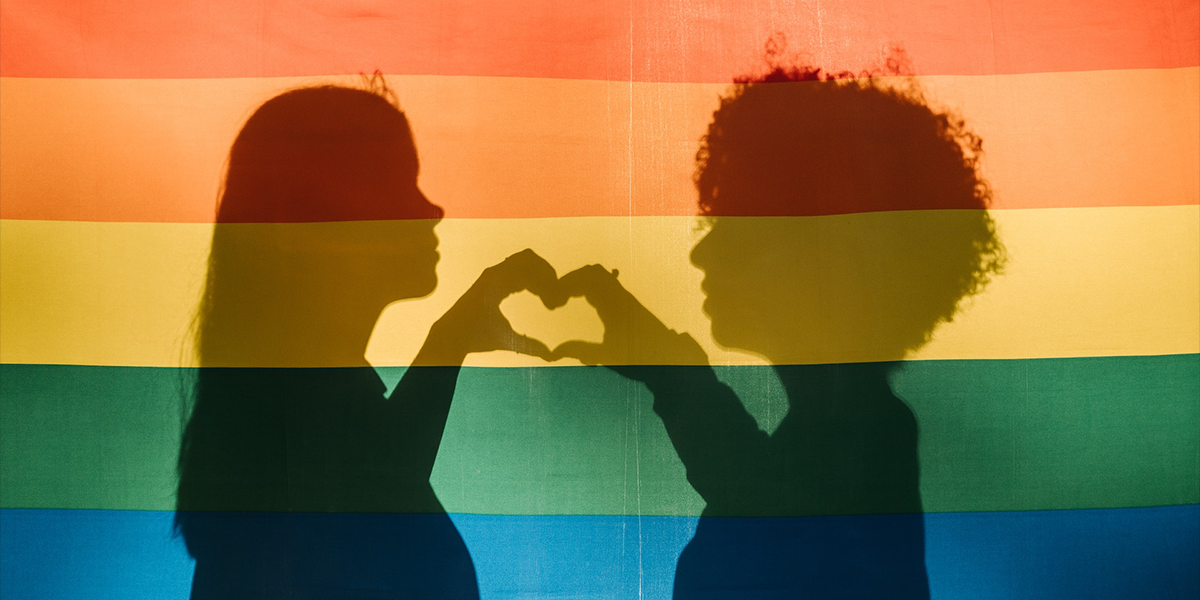In our surveys when we first started asking young Australians about their sexual orientation in August of 2020, 15% identified LGBTQIA+.
When we asked again in different surveys in 2021, that number grew between 16% and 23%.
In 2022, it increased to between 25% and 29%.
And when our latest survey asked 1367 Gen Zs aged 15-24 nationally about their sexual orientation in the final weeks of 2022, one in three (32%) said they identified as LGBTQIA+.
And sure, while scientifically speaking there’s always a margin of error in any survey (meaning the results can be a few percentage points above or below), we can confidently say that there has been a general uptrend in young Australians identifying as LGBTQIA+ over the past few years.
And that means in Australia that somewhere between a quarter and a third of Gen Zs now identify as LGBTQIA+.
Yup. That’s a pretty incredible increase.
And our findings about young Australians and their LGBTQIA+ identifications aren’t unique.
They also align with a Gallup survey in the USA in 2021 which found one in five (21%) Gen Z youth in America identify as LGBT. It’s worth noting that excludes the QIA+ identities so it’s not an exact comparison.
To clarify, being part of the LGBTQIA+ community does not mean someone is either gay or lesbian.
The acronym actually stands for ‘Lesbian, Gay, Bisexual, Transgender, Queer, Intersex and Asexual’ and more.
According to the Gallup USA survey bisexual identification is behind the uptick in Gen Zs identifying as part of the LGBTQIA+ community.
And breaking down the numbers of our research we found that females are more likely to identify as LGBTQIA+ than males.
For example, 37% of Gen Z females we surveyed said they identify as part of the LGBTQIA+ community, compared to just one in five men (20%). If you’re saying ‘hold on, the maths doesn’t add up there’, that’s because separate to males and females are those who identify their gender as non-binary or non-conforming, all of which according to our research consider themselves as part of the LGBTQIA+ community.
Our survey was made up of 47% males, 47% females, 4% non-binary/non-confirming, 1% other and 1% who said they prefer not to say.
So what’s behind the rise in young Australians identifying as LGBTQIA+?
First off, some experts attribute it to the pandemic, when young people had more time to explore and discover their sexuality.
The legalisation of gay marriage in Australia also appears to have made a difference.
Others say Gen Zs are more informed about different sexual orientations and gender identities than previous generations were at the same age, which our research suggests could be attributed to the world’s first digital natives unfettered access to information on the internet, as well as social media providing safe places for people to be open and honest about their sexuality (for example, through TikTok support videos, Instagram online communities and even Reddit threads that are helping to ease the stigma of coming out).
Unfortunately, despite the global trend, the LGBTQIA+ community continues to suffer discrimination and homophobia on the reg.
In fact, almost one in four (23%) of young people who identify as LGBTQIA+ told us they’ve experienced homophobia in the past year. This would play a part in why 49% of LGBTQIA+ youth said they had a negative school experience compared to 31% of non-LGBTQIA+ youth who reported the same.
So while it seems like the LGBTQIA+ community is making strides in reducing stigma on a global scale, there still seems to be a long way to go in ensuring the physical and psychological safety of the LGBTQIA+ community.






